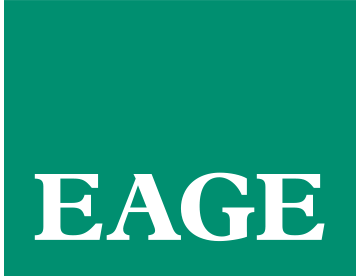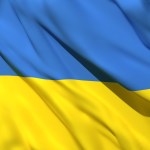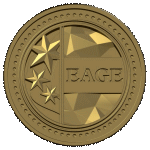Effective communication is key to scientific progress – especially in the Earth sciences, where the ability to convey complex ideas clearly can influence how innovations are understood, embraced, and supported. EAGE members around the world continue to demonstrate their commitment not only to advancing geoscience but also to enhancing public understanding and engagement. Two recent community webinars showcased the value of interdisciplinary thinking and the power of innovative communication.
In a thought-provoking session titled Integrated Knowledge, Creativity, and Innovation: a Modern Symbiosis between Scientific and Humanistic Disciplines, Paolo Dell’Aversana (Senior Geophysicist, Data Scientist, and Project Manager at Eni) offered a compelling case for interdisciplinary collaboration by demonstrating how blending scientific and humanistic disciplines can unlock new creative potentials and spark innovation across a range of fields.

How often do you hear a talk that connects geophysics, sound engineering, medical diagnostics, and epistemology? This webinar, organized by the EAGE Local Chapter Stavanger, did exactly that, highlighting how seemingly distant disciplines can inform one another to drive innovation.
One of the core takeaways was that interdisciplinary thinking is not a luxury, but a necessity in a world where innovation increasingly relies on the integration of diverse perspectives.
Shortly afterwards, we had the privilege of hosting a Student Webinar on The Art of Mapmaking: Enhancing Science Communication and Research through Maps, presented by Lino Yovan, a Postdoctoral Researcher at Pontificia Universidad Católica de Chile. This insightful session engaged students in an enriching discussion about the powerful role that maps play in scientific research and communication.
Maps are essential tools in transforming complex data into visual narratives that are clear, concise, and accessible. Lino’s presentation explored the fundamental importance of maps in research papers and public engagement, highlighting how well-crafted maps can significantly enhance clarity, impact, and overall accessibility of scientific information.

The webinar also provided an in-depth exploration of the art of mapmaking. Lino discussed key aspects such as choosing the right projections, using appropriate symbology, and applying design principles to ensure that maps effectively convey scientific insights. The session was not only informative but also offered practical advice for students who wish to integrate mapping techniques into their own research. The students who participated left with a deeper understanding of how to use maps to enhance their science communication skills and research presentations.
We are delighted to share these valuable knowledge sharing experiences with our communities, and we look forward to facilitating more in the future.
Are you interested in geoscience communication, and the skills it involves? EAGE’s Special Interest Community on Geoscience Communication and Public Engagement is leading the conversation through a range of initiatives, including several key moments at the upcoming EAGE Annual Conference in Toulouse.
If you will be attending, make sure to mark these on your agenda:
- Short course “Geoscience Communication and Public Engagement” by Prof. Iain Stewart – 2 June
- Interactive session “Geoscience Narratives: How to Engage the Public Through Storytelling” – 3 June
- Panel “Geoscience Communication for Policy” – 4 June
To help shape the Geoscience Narratives session, we invite you to share your views and experiences in a short survey. Your input matters!






